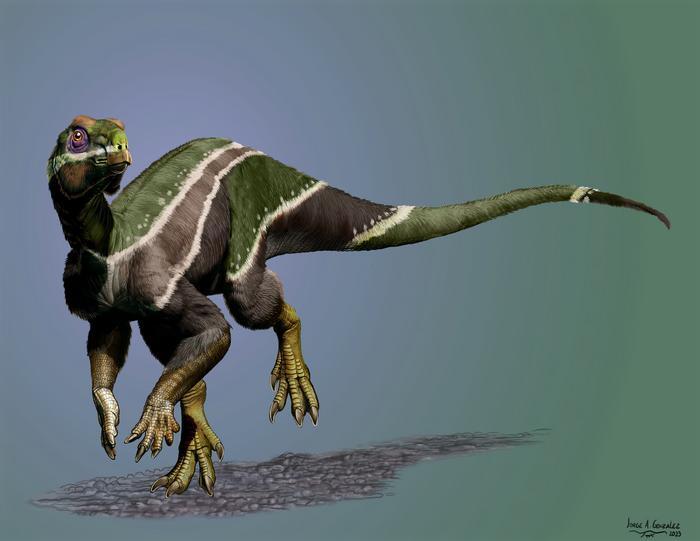Discovered in the United States the remains of a new dinosaur that 99 million years ago was facing global warming: called 'Iani smithi' (named after Janus two-faced, the Roman god of change and transition), it was a bipedal herbivore with a powerful jaw that lived in a phase of the Cretaceous marked by an epochal upheaval of ecosystems. The study of the fossil skeleton found in Utah, which includes the well-preserved skull as well as parts of the spine and limbs, is published in Plos One by a group of paleontologists led by Lindsay Zanno of the North Carolina Museum of Natural Science, in the United States.
"Iani may be the last surviving member of a dinosaur lineage that once thrived here in North America, but was eventually supplanted by duck-billed dinosaurs," says Zanno. "Iani was alive during this transition, so this dinosaur really symbolizes a changing planet."
To cause this upheaval was the increase in atmospheric carbon dioxide, which led to an increase in temperatures and the rise in sea levels, forcing the dinosaurs on smaller and smaller land masses. The study authors explain that it was so hot that rainforests thrived at the poles and flowering plants had conquered coastal areas supplanting normal food sources for herbivores. In North America, giant herbivorous sauropods were disappearing, along with their allosaur predators. At the same time, small herbivores were arriving from Asia, such as duck-billed dinosaurs, and theropods such as tyrannosaurs and oviraptorosaurs.
The dinosaur Iani "was on the precipice, able to look back at the way North American ecosystems were in the past, but close enough to see the future coming as a high-speed train. I think we can all identify with each other."

